Tombs of Sipán
The shockingly unspoiled Peruvian tomb of the Lord of Sipan was once guarded by a footless warrior.
The story of the discovery of Peru’s Tombs of Sipán reads like something out of an Indiana Jones script with looters, a heroic archeologist, and the bizarre ritual guardians of the past.
The unfortunate truth of many major archaeological discoveries is that by the time they are discovered by those with intentions of preservation, they have already been picked over by those with dollar signs in their eyes. This was almost the case with the Tombs of Sipán, the excavation of which was instigated by some bumbling thieves.
Ancient ritual holy sites are known as “huacas” can be found all across Peru in such abundance that looters of these sites are known as “huaqeros.” In 1987 a group of these looters attempted to rob a huaca in Sipán, but they began squabbling about their riches to the point that the authorities were called in to put a stop to them. Recognizing that the unexplored burial sites in Sipán were in immediate danger, archaeologist Walter Alva rushed to the site to both protect it and begin excavation.
Initially, Alva faced opposition from both looters and locals who saw him as just another huaquero. He was forced to hide in the former robbers’ hidey-holes at night while he tried to sway the locals to his cause in the day. Eventually, he was able to rally a team and begin a proper exploration of the site, and what he found was beyond his wildest expectations.
Exploring the first tomb, he found a large corpse that had buried in a sitting position, notably missing his feet. It was later determined that this figure was a guard that was hobbled so that he might eternally guard what lay beyond. The figure that the footless warrior was protecting was the ancient Lord of Sipán, who was put to rest adored in a mind-boggling assortment of gold and jewels, all of which were still in place when Alva discovered the tomb. Not bad for a dead guard with no feet.
As the excavations continued, another 14 tombs were discovered, each containing a wealth of well-preserved riches. The amazing finds were moved to a pair of museums in the area, one of which is still overseen by Alva to this day. The actual huacas have been fitted with replicas of the original finds so that visitors to the site can still experience what it must have been like to unearth one of the greatest archaeological finds of the 20th century.
Know Before You Go
The Moche tombs at Huaca Rajada are located near the town of Sipán in the middle of the Lambayeque Valley. Sipán is in the Zaña district in the northern part of Peru. Close to the coast, it is about 20 miles east of the city of Chiclayo and about 30 miles away from Lambayeque. (from Wikipedia)Those jewels (including some replicas) have been painstakingly restored in Germany and are house in the Museo Tumbas Reales del Señor de Sipan in Lambayque. Do the tombs first then the Museo, the context from being in sitú is gold.



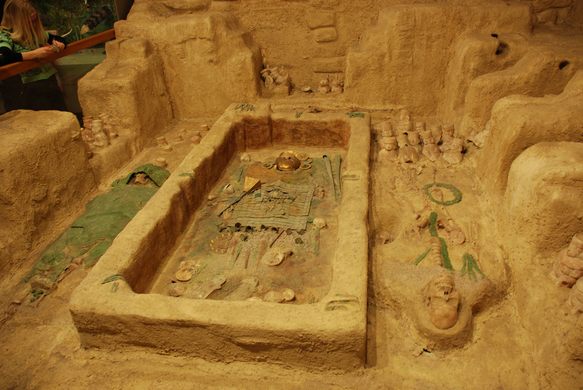

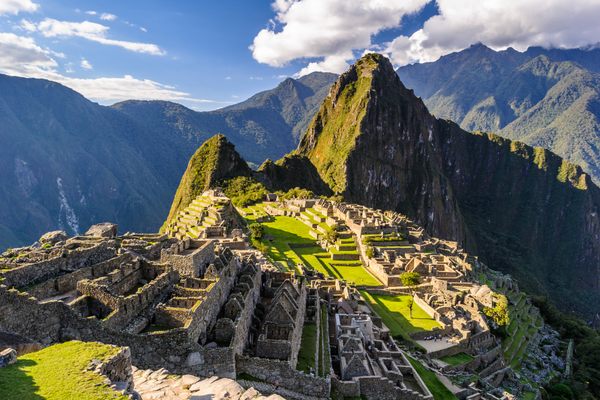


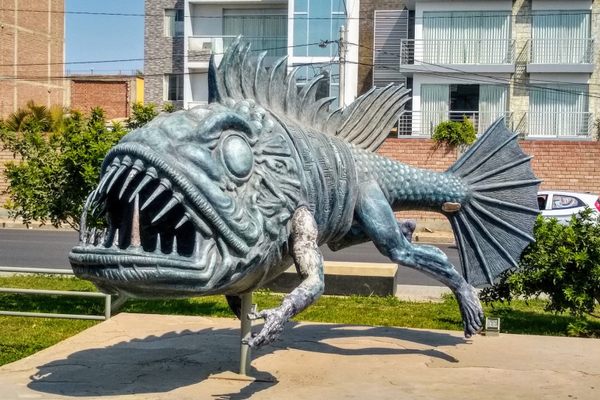

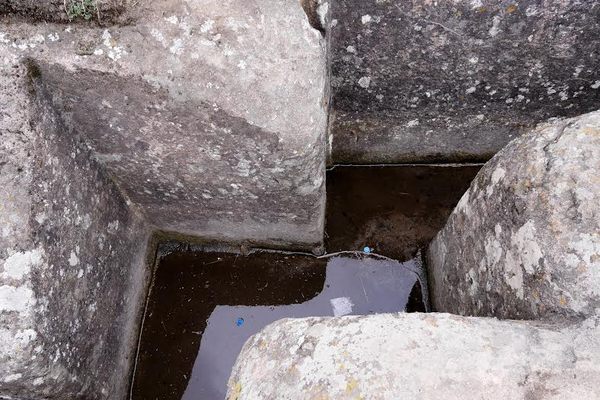
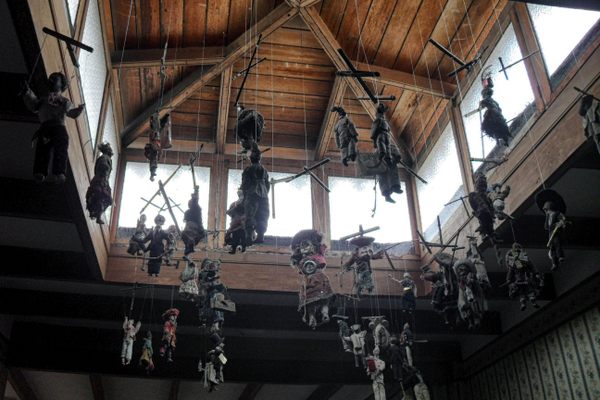

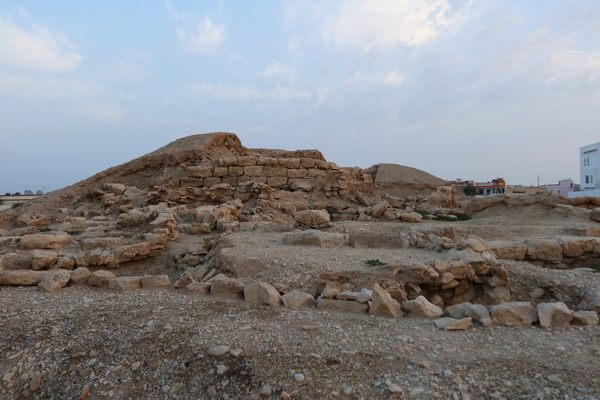



Follow us on Twitter to get the latest on the world's hidden wonders.
Like us on Facebook to get the latest on the world's hidden wonders.
Follow us on Twitter Like us on Facebook